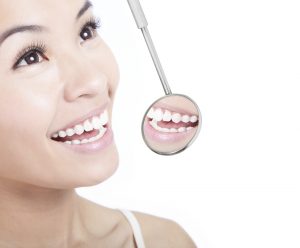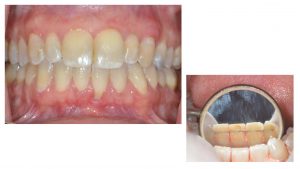
October is National Orthodontic Health Month, and coincidentally, Halloween. So, in honor of these two fantastic occasions, let’s do a quick run-down of what to expect from this scary holiday if you do decide to not look after your braces, because the consequences will be more frightening than the holiday itself. When we get our braces put on, we are warned that there are certain foods we will have to forgo while our braces are fixing our smile. Popcorn, nuts, gum and all hard, sticky or chewy candies are monstrous to your mouth’s delicate appliances.
Hard candy, like lollypops, are a favorite because they last a while if we suck on them. The problem is having the sugar linger around in your mouth as the candy dissolves makes it easier for cavities to form. And if you chomp on them, you can run the risk of breaking off one of your brackets or chipping an actual tooth. Chewy candies, like a gummy bear or a jellybean, have similar results but have a tendency to get stuck in the crevices of your molars, making a perfect hideout for cavities. Sticky candy, like caramels or chewing gum, are some of the worst treats of all. Not only can they pull off a bracket from your tooth, but they can burrow within your molars as well, making them basically a sweet combination of the two others. There are also candies on the market that are sour than they are sweet and are an absolute favorite with all kids today. The sourness is actually acidic and can break down your tooth’s enamel, making them more prone to decay, so try to limit these candies the most. Have a happy Halloween!
If you would like more information about celebrating Halloween with braces, call Dr. Cabrera in Chicago, IL at 312-994-7939 or visit www.perioimplantchicago.com.
Dr. Peter O. Cabrera proudly serves Chicago and all surrounding areas.







